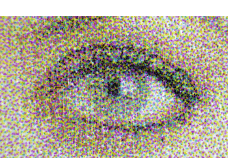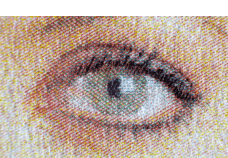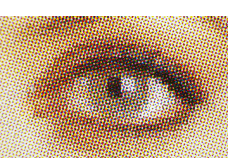The Main Idea of ANDRUPOS
The main idea of our project is to ease and reduce inspection effort on forensic document examination and to provide a central database containing information about printing technologies and printers as well as specific information of individual printers.
This information can be used to identify printers used for document counterfeits and to link criminal organizations worldwide.
Concept and approach
The innovation of the solution is not detection of counterfeit documents but a fast, software-based, automated, optical and non-destructive method for printed document examination. The concept is to have a fully automated (with only little human assistance) system, that detects the specifications of a printed document. The outcome leads to the source that is used to print the document.
This information can be used in a very broad spectrum:
- prove if a document is authentic or not,
- prove if a document is from a certain source. It can also be regarded as a “printer fingerprint” (database).
- prove what documents are from the same source.
The system can be used worldwide and in real-time because it is based on a central web based server system. Client applications on different types of devices (desktop pc, mobile device) can post scanned (magnified) images sections of the documents in question via internet to the portal server. These images must contain either letters or patterns of the document.
The server application receives the data, analyses the images and matches the extracted features with the database entries (see: image analysis, data base system).
Outcomes and benefits
The main outcomes and benefits of Andrupos are:
- a radical reduction of inspection effort for forensic examination of printed documents,
- an identification of printers used to generate (fraud) documents,
- compare / correlate all documents of a set, to check if all are printed on the same printer,
- ability to link questioned documents instantly, which is almost unfeasible today (in this case printer specific defects need to be identified),
- the generation of comprehensible and reliable reports that can be used as basic document at court,
- reduction in training efforts for document examiners.
It will not be necessary to scan or upload a complete document. Only a small, specific part of the document is enough to get the necessary results. Especially identity-documents like passports don’t have to include a complete picture and/or name and can be stored to the database anonymously. This gives more freedom to operate, since we are not dealing with personal data.
Outcomes of future developments will be an automatic determination that in a set of documents all pages have been printed on the same printer including detection of photocopies and an interaction with other existing data base systems to develop a high level security system.
Thus having realized a complete and innovative solution for non-destructive forensic document analysis applications.



